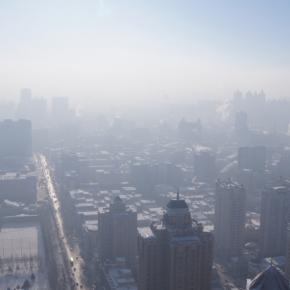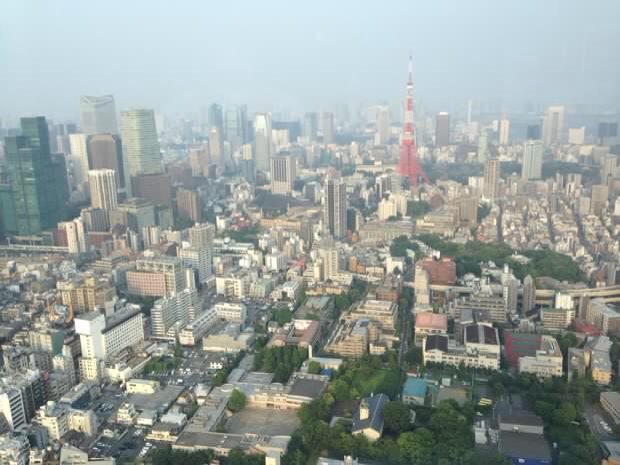China’s highest legislative body rolled out a new #Environment tax targeting companies that emit a variety of air pollutants, yet they declined to list carbon dioxide. The new law comes after 20 cities were left under a blanket of smoke and fog (smog) last week. The new law taxes any company that pollutes the air and water or contributes to noise pollution.
The National People’s Congress (NPC) committee, which passed the law, will tax man-made emissions like sulfite and sulfur dioxide. Taxes start at $0.20 per unit and $0.17 per unit respectively. For noise pollution, the new law can tax a manufacturer from $50 to $1,612. CO2, however, gets a free pass.
Smog chokes China cities for fourth day of ‘airpocalypse’, grounding flights and closing roads http://ab.co/2i9VqNi
Despite China’s ratifying and signing the Paris Climate Agreement, which calls for a reduction in CO2 emissions to slow #Climate Change, the NPC has chosen to exclude CO2 from its list of known pollutants. For CO2 to be considered harmful, it would need to be at levels 125 times higher than today’s levels. China relies heavily on coal to produce electricity for much of its population.
China Ramps Up Coal Power Capacity As UN Climate Talks Kick Off http://trib.al/LDZOzYf
In the U.S., CO2 was classified a pollutant by the Environmental Protection Agency (EPA) under its former head Lisa Jackson. Once classified as an environmental hazard, the current EPA head Gina McCarthy could roll out regulations under the Clean Power Plan. All that could change with the nomination of Scott Pruitt to head the EPA.
Is CO2 a pollutant?
Though many scientists dispute CO2 is a pollutant, others consider it a major contributor to any increase in world temperatures; it is a colorless, odorless gas and is chemically non-reactive. At 400 parts per million (PPM), CO2 makes up 0.04 percent of atmospheric gases.
CO2 would be lethal to human beings if it jumped to 15 percent, or 150,000 PPM. To cause noticeable breathing discomfort, the range is three to five percent. Historically, CO2 has been much higher than today’s levels like during the Cambrian period (4,500-7,000 ppm). China, it appears, is relying on #Science in determining the list of pollutants to be taxed.
@Tjooitink @wearjustice @BernieSanders We’re releasing more CO2 than the carbon cycle can sustain. It’s building up in the air.
@ZappaMC_ @Tjooitink @wearjustice @BernieSanders CO2 @ 7000 ppm in Cambrian period and life flourished. pic.twitter.com/ouLeCgpYcP
China top emitter
Among the top emitters of greenhouse gases, China comes in at number one. The new law was precipitated after 20 cities in Northeast China went on high smog alerts, which forced the closure of factories and the removal of cars off the road. People were told to wear face masks and roads and schools were closed. Airports canceled flights. The smog alert also prompted renewed calls by China’s President Xi Jinping to research clean energy sources and make factories burn cleaner. In the U.S., the few remaining coal plants emit very few contaminants because they are outfitted with advanced scrubbers that remove the various pollutants now plaguing China.
#ClimateAction!
Tokyo’s Olympic Bet on Hydrogen Power – City Labhttp://www.citylab.com/tech/2016/06/tokyo-japan-2020-olympics-hydrogen-power-olympic-village-yoichi-masuzoe/482205/ …
Clean energy future
Japan is throwing millions into creating an all-hydrogen society and will be showcasing its hydrogen-powered training facilities at the 2020 Olympics in Tokyo. And Hyundai will unveil its suite of hydrogen-powered cars at the 2018 winter Olympics in South Korea’s Alpine City. When hydrogen combusts, it emits oxygen and water vapor.
China’s new environment tax law goes into effect on January 1, 2018.













